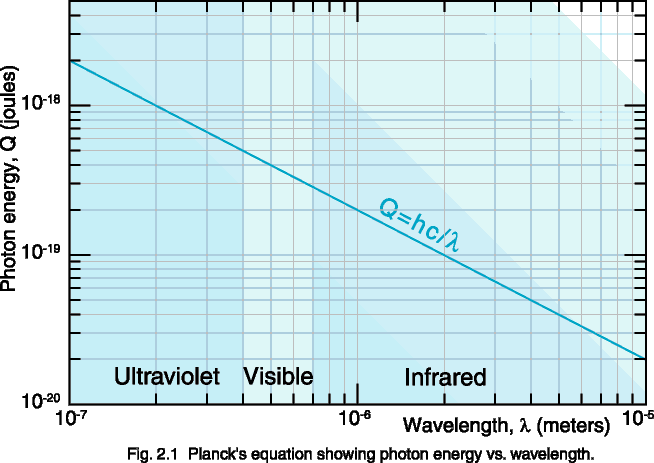Unless you have a unique setup with multiple bulbs or experiment with diy leds a light meter is a waste of money and the serious grower would imo be better of getting some pro advice. Any good light and hood manufacturer can give you a light recipe (based on professional meters) for your setup and tell you exactly how much ppfd per sqft / m2 a certain light with a given hood at a certain distance will result in.
2x600 or 1 kWatt, either would work very well in that space (I'd got for 1k).
The difference in efficiency between (quality) 600w HPS and 1000w isn't really large enough anymore to consider if you got a small space like that. The best light is largely dictated by the space.
Watt by itself means little, what's more relevant (besides spectrum...) is PPFD.
Too much light on a plant can cause saturation... which can happen if you supply too much light at once, or give it too many hours light.
The ideal PPFD (which is pretty much the spread, if you raise the bulb, you spread out the ppf decreasing the density) is figured out for all indoor grow species. Some plants don't give a fuck about the length of day, like roses (don't need dark hours at all and still don't get saturated and should get 20-24 hours light).
*************
Effect of different photosynthetic photon flux densities (0, 500, 1000, 1500 and 2000 μmol m−2s−1), temperatures (20, 25, 30, 35 and 40 °C) and CO2 concentrations (250, 350, 450, 550, 650 and 750 μmol mol−1) on gas and water vapour exchange characteristics of
Cannabis sativa L. were studied to determine the suitable and efficient environmental conditions for its indoor mass cultivation for pharmaceutical uses. The rate of photosynthesis (PN) and water use efficiency (WUE) of
Cannabis sativa increased with photosynthetic photon flux densities (PPFD) at the lower temperatures (20–25 °C). At 30 °C, PN and WUE increased only up to 1500 μmol m−2s−1 PPFD and decreased at higher light levels
. The maximum rate of photosynthesis (PN max) was observed at 30 °C and under 1500 μmol m−2s−1 PPFD. The rate of transpiration (E) responded positively to increased PPFD and temperature up to the highest levels tested (2000 μmol m−2s−1 and 40 °C). Similar to E, leaf stomatal conductance (gs) also increased with PPFD irrespective of temperature. However, gs increased with temperature up to 30 °C only. Temperature above 30 °C had an adverse effect on gs in this species. Overall, high temperature and high PPFD showed an adverse effect on PN and WUE. A continuous decrease in intercellular CO2 concentration (Ci) and therefore, in the ratio of intercellular CO2 to ambient CO2 concentration (Ci/Ca) was observed with the increase in temperature and PPFD. However, the decrease was less pronounced at light intensities above 1500 μmol m−2s−1.
In view of these results, temperature and light optima for photosynthesis was concluded to be at 25–30 °C and ∼1500 μmol m−2s−1 respectively. Furthermore, plants were also exposed to different concentrations of CO2 (250, 350, 450, 550, 650 and 750 μmol mol−1) under optimum PPFD and temperature conditions to assess their photosynthetic response. Rate of photosynthesis, WUE and Ci decreased by 50 %, 53 % and 10 % respectively, and Ci/Ca, E and gs increased by 25 %, 7 % and 3 % respectively when measurements were made at 250 μmol mol-1 as compared to ambient CO2 (350 μmol mol−1) level. Elevated CO2 concentration (750 μmol mol−1) suppressed E and gs ∼ 29% and 42% respectively, and stimulated PN, WUE and Ci by 50 %, 111 % and 115 % respectively as compared to ambient CO2 concentration. The study reveals that this species can be efficiently cultivated in the range of 25 to 30 °C and ∼1500 μmol m−2s−1 PPFD. Furthermore, higher PN, WUE and nearly constant Ci/Ca ratio under elevated CO2 concentrations in
C. sativa, reflects its potential for better survival, growth and productivity in drier and CO2 rich environment.
**************
Those are the temps I recommend as a long as they are in between 25-30C I don't make an effort to change it.
The above is based on tests with a mexican variety.
I'm 99% sure that article
@RM3 linked to earlier, the article
http://www.gavita-holland.com/index.php/item/lumens-are-for-humans.html is written by that forum admin turned gavita employee 'whazzup'. For really good discussions - not conversations - about lighting (HPS) look up his posts at icmag (member since 2006...), thcfarmer and other forums.
********From that article*********
Roughly these are a few examples of recommendations for a high light recipe of around 700 µmol m-2 s-1. Calculations made with 10% reflector / wall losses:
400W a) - 1 x 1 m - 1 m2 at a ppfd of ~ 650 µmol m-2 s-1
600W b) - 1,2 x 1,2 m - 1,44 m2 at a ppfd of ~ 690 µmol m-2 s-1
1000W c) - 1,5 x 1,5 m - 2,25 m2 at a ppfd of ~800 µmol m-2 s-1
********
1000watt on 4x4' would roughly produce 1400 ppfd minus 10% reflection/wall loss is roughly 1250 left. Doable especially with good climate control. By using the same light on 5x5 or 4x6 you're likely to get more yield. Since the light pattern also won't be completely uniform, there will likely be peak areas that exceed the 1500ppfd in a small/minimal space.
I tried to find something about midday depression at WUR but the term doesn't translate literally to something useful. Considering the enormous amount of electricity spent in the greenhouse industry here, light schedules are extremely important and I expect to find some better info but found a bunch of papers about assimilation saturation, and comments how that with some species typically occurs at midday. Which turns out to be often a result of low humidity and high temps outdoors... (like in Texas?).









